Lotus and Hope launch radical new track bike for 2020 Olympics
British Cycling say 'cutting-edge' bike is a nod to Chris Boardman's Lotus 108 from the '92 Games in Barcelona
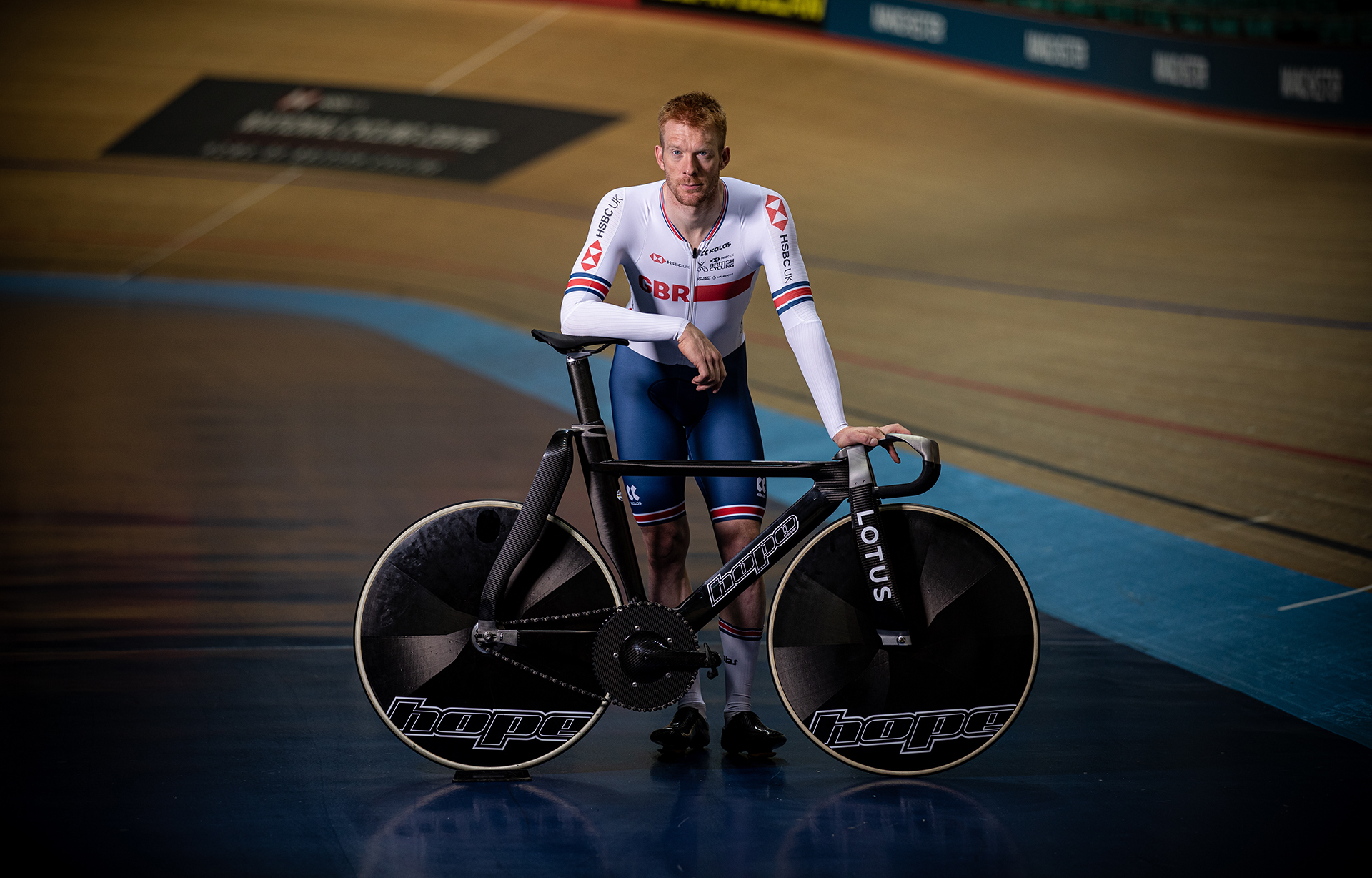
British Cycling has today launched an all-new track bike, developed by Hope and Lotus, which will be raced by the GB Cycling Team at the 2020 Olympic Games in Tokyo.
The bike, which the governing body describes as "cutting edge", is the result of an all-British collaboration between Hope Technology and Lotus Engineering, supported and advised by engineering company Renishaw.
To create the frame, which will be named HB.T, and the wheels, Hope claims to have developed a revolutionary manufacturing process that enables reduced weight, which works to improve stiffness to weight in the disc wheels, and retain a low weight with deeper, more-aerodynamic fork and seat stay profiles.
Lotus Engineering designed the front forks and handlebars and worked with Hope to integrate them into the overall package. This included extensive wind tunnel testing on both bike and rider, as well as testing in order to minimise weight while maximising strength. Lotus says the result is improved stiffness and front end feel, ensuring greater rider confidence.
Tony Purnell, head of technology for the Great Britain Cycling Team, said: "It’s a dream team of engineering prowess - Hope Technology bring high quality manufacturing standards and Lotus Engineering is renowned for lightweight design and outstanding aerodynamic efficiency. Both supported and advised by additive manufacturing experts Renishaw, who have ensured that Lotus and Hope have access to the most modern and fastest turnaround process from design to usable pieces.
"Following a terrific effort from our sponsors to bring this bike into reality, we have the task of evaluating the bike together with the EIS to ensure it’s going to have the right performance in Minsk and Glasgow, and of course in Tokyo, and providing feedback to Hope and Lotus engineering teams."
Stephen Park, the Great Britain Cycling Team's Performance Director, added: "The development of the new track bike reflects our aspiration to be the world leaders in innovation and aerodynamics.
Get The Leadout Newsletter
The latest race content, interviews, features, reviews and expert buying guides, direct to your inbox!
"The feedback from riders and coaches in testing so far has been positive, and we are looking forward to the Minsk and Glasgow rounds of the UCI Track Cycling World Cup series as opportunities to further evaluate and refine the bike. The HB.T forms just one part of the world-class support we are able to offer our riders across all of the Olympic and Paralympic cycling disciplines as our focus narrows on Tokyo 2020."
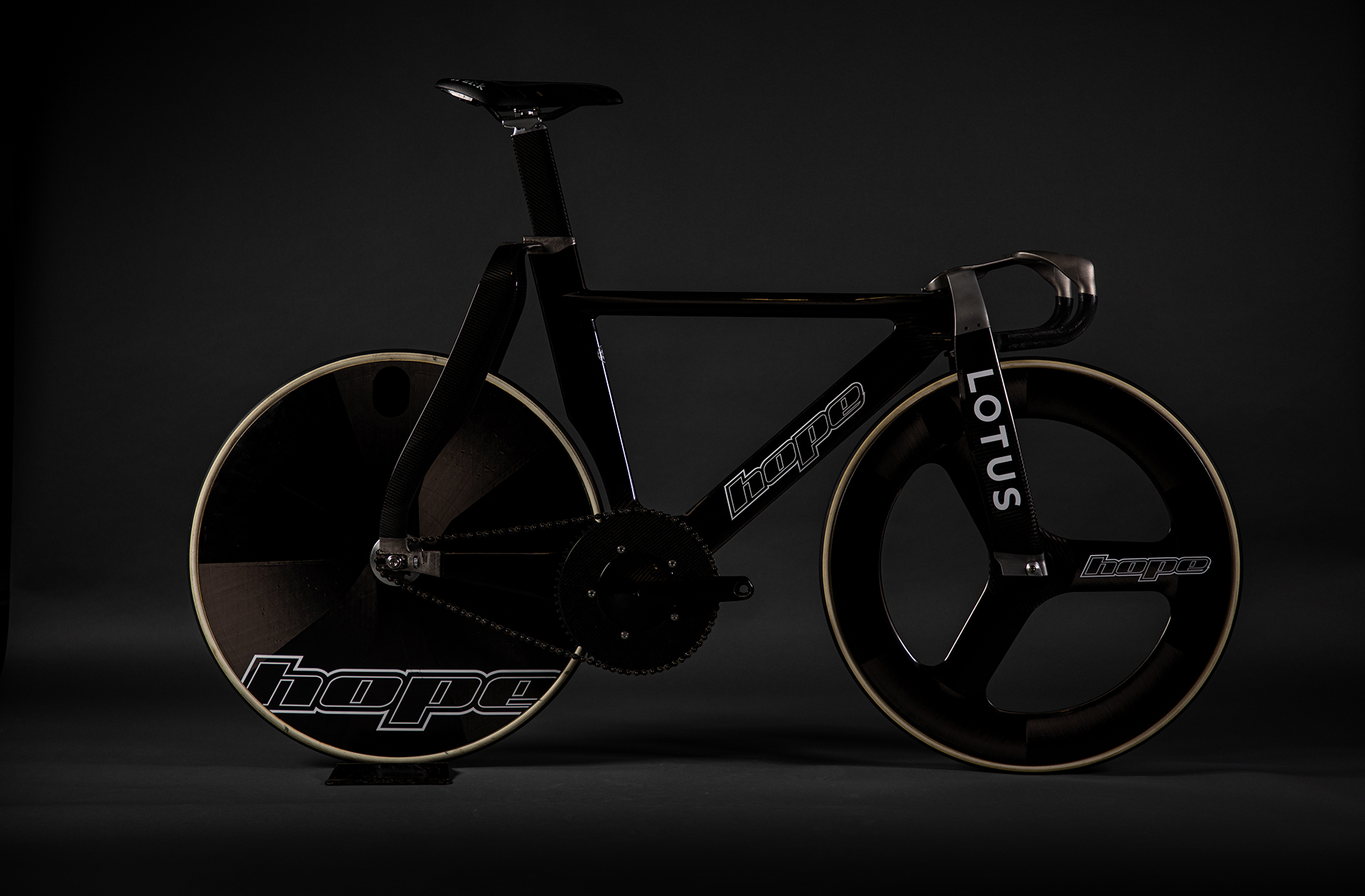
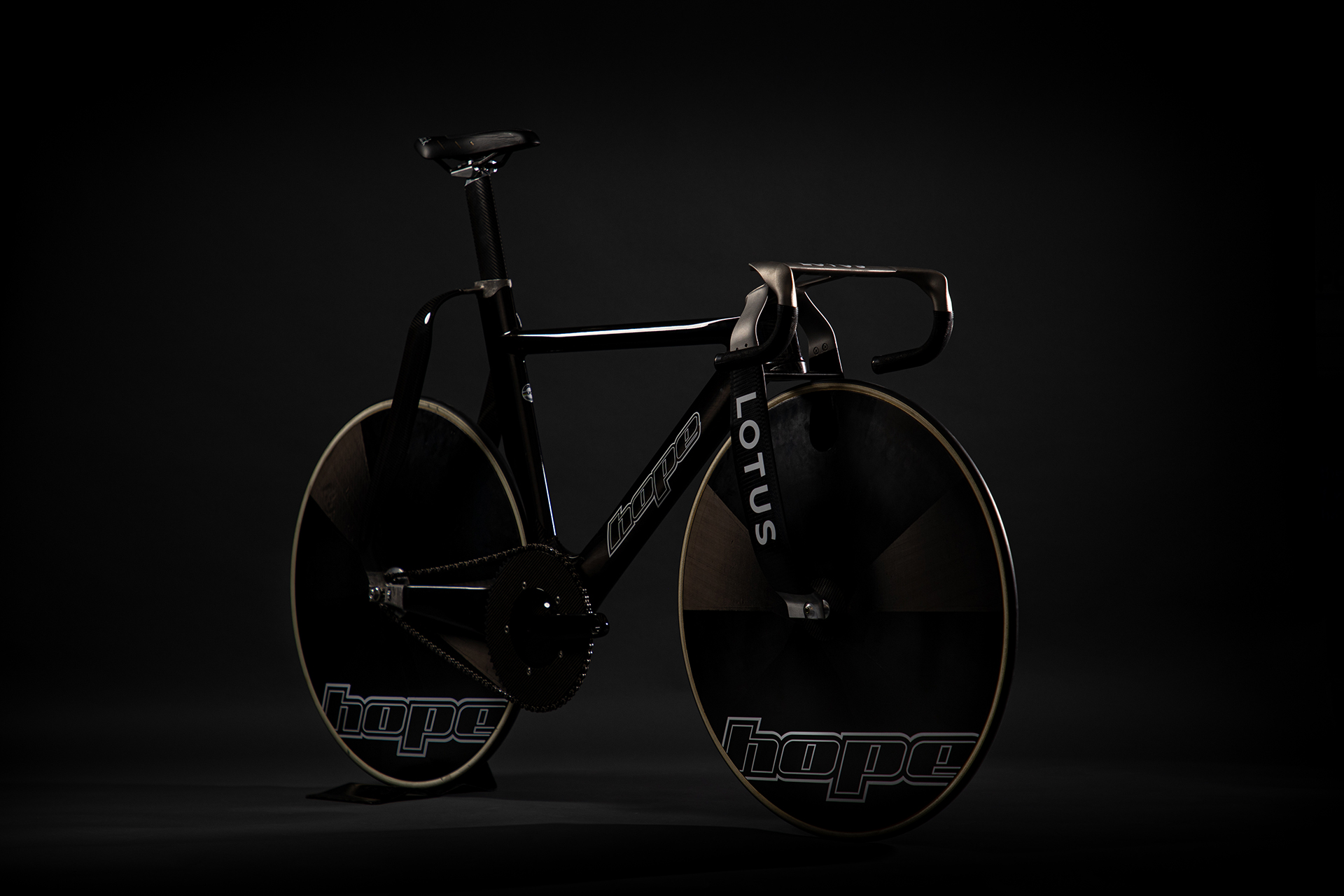
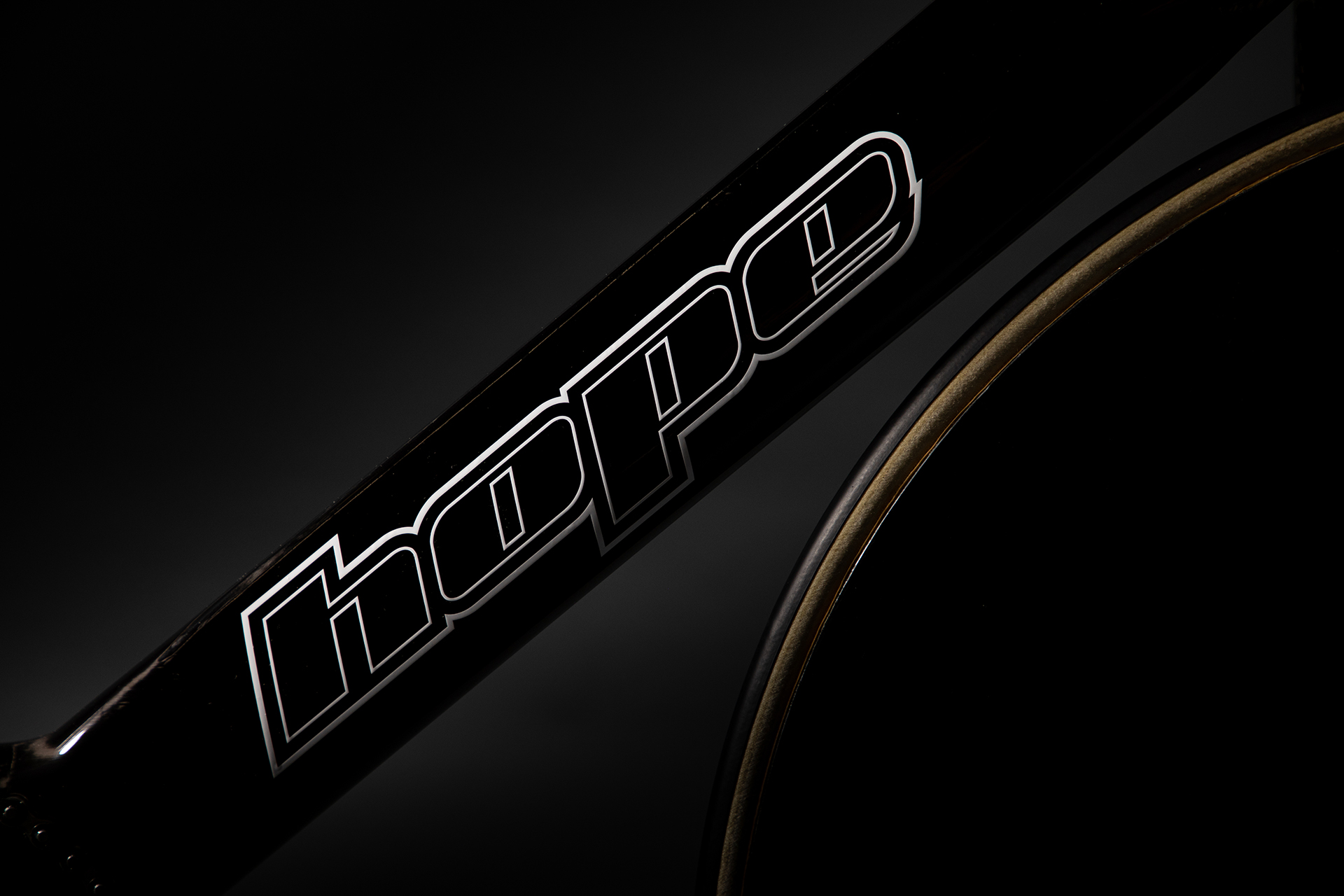
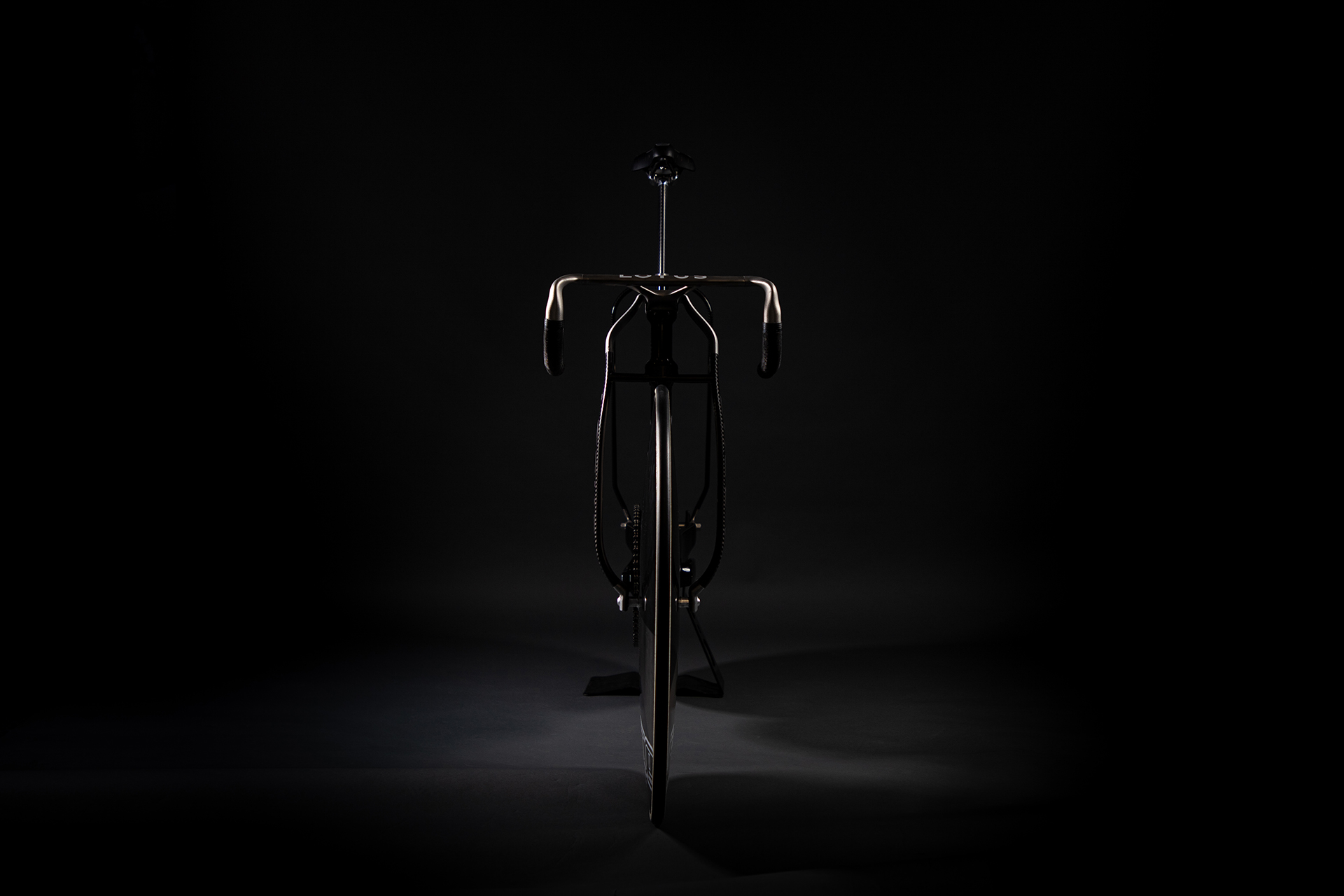
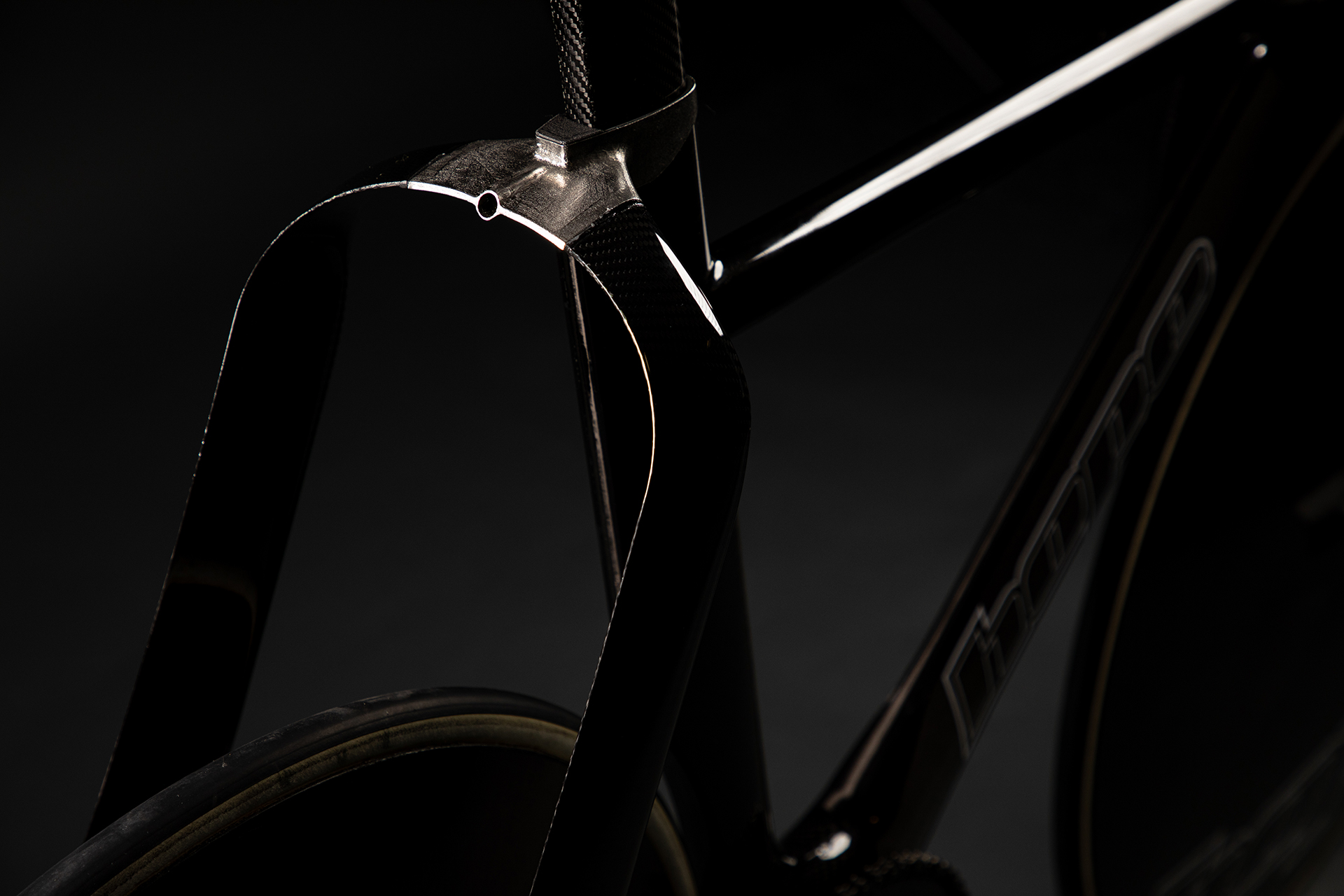
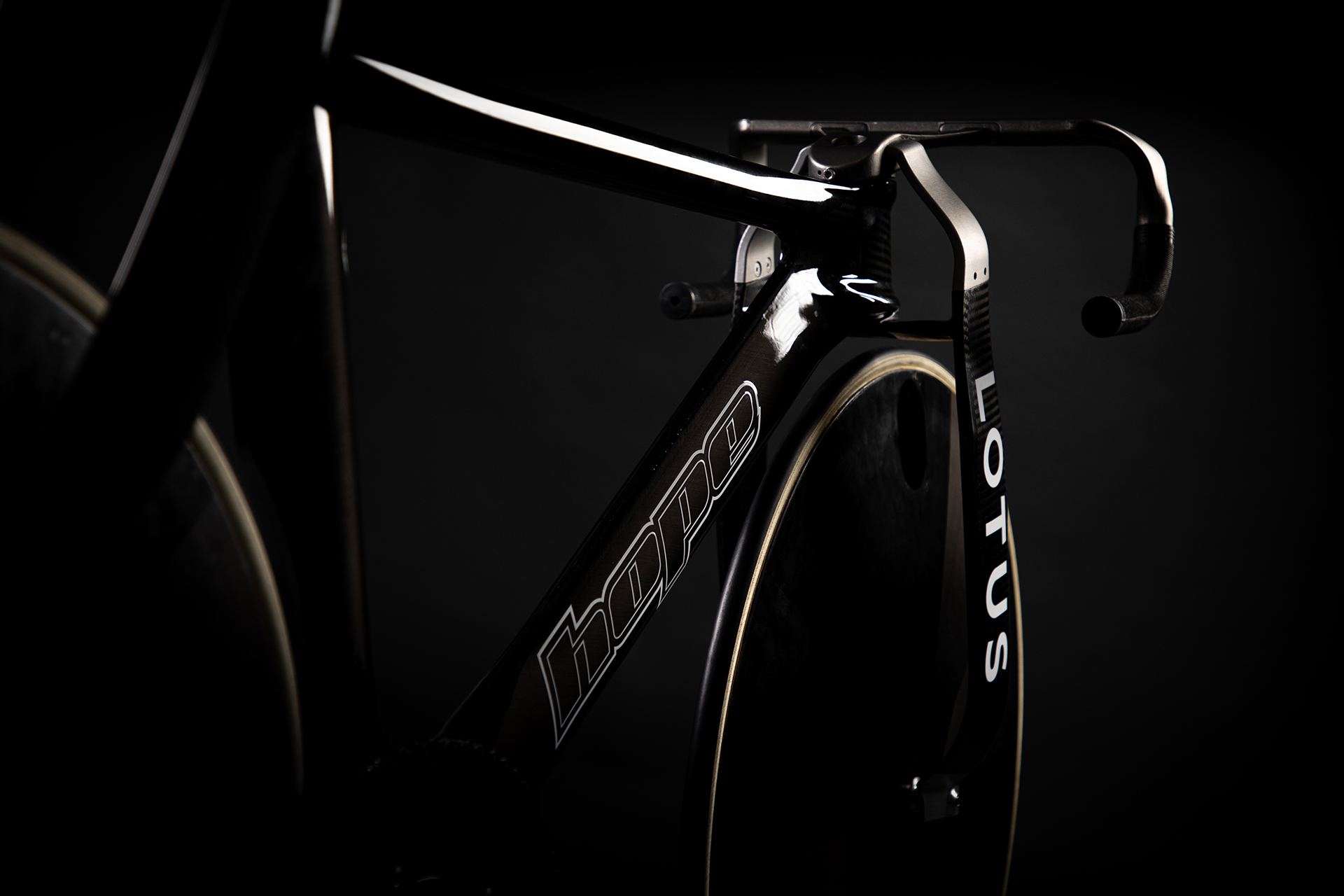
British Cycling's history with Lotus
This project marks the second time British Cycling has worked with Lotus Engineering on an Olympic track bike.
British Cycling describes the collaboration as a nod to the Lotus Type 108 that Chris Boardman rode to gold medal victory at the 1992 Olympics.
One of the most iconic bikes in the history of cycling, the Lotus Type 108 was ridden to gold by Boardman in the individual pursuit at the Barcelona Olympic Games in 1992. Since banned by the UCI, the Type 108 featured an advanced aerofoil cross-section and a monocoque carbon frame to minimise weight and maximise aerodynamic performance.
"Lotus has always been at the very cutting edge of lightweight racing performance with its cars, and now – after 25 years away from cycling – we’ve collaborated with Hope Technology to apply the same Lotus core values to this new track bike. We look forward to working with British Cycling as testing continues towards next summer’s Olympics", said Phil Popham, CEO of the Lotus Group.
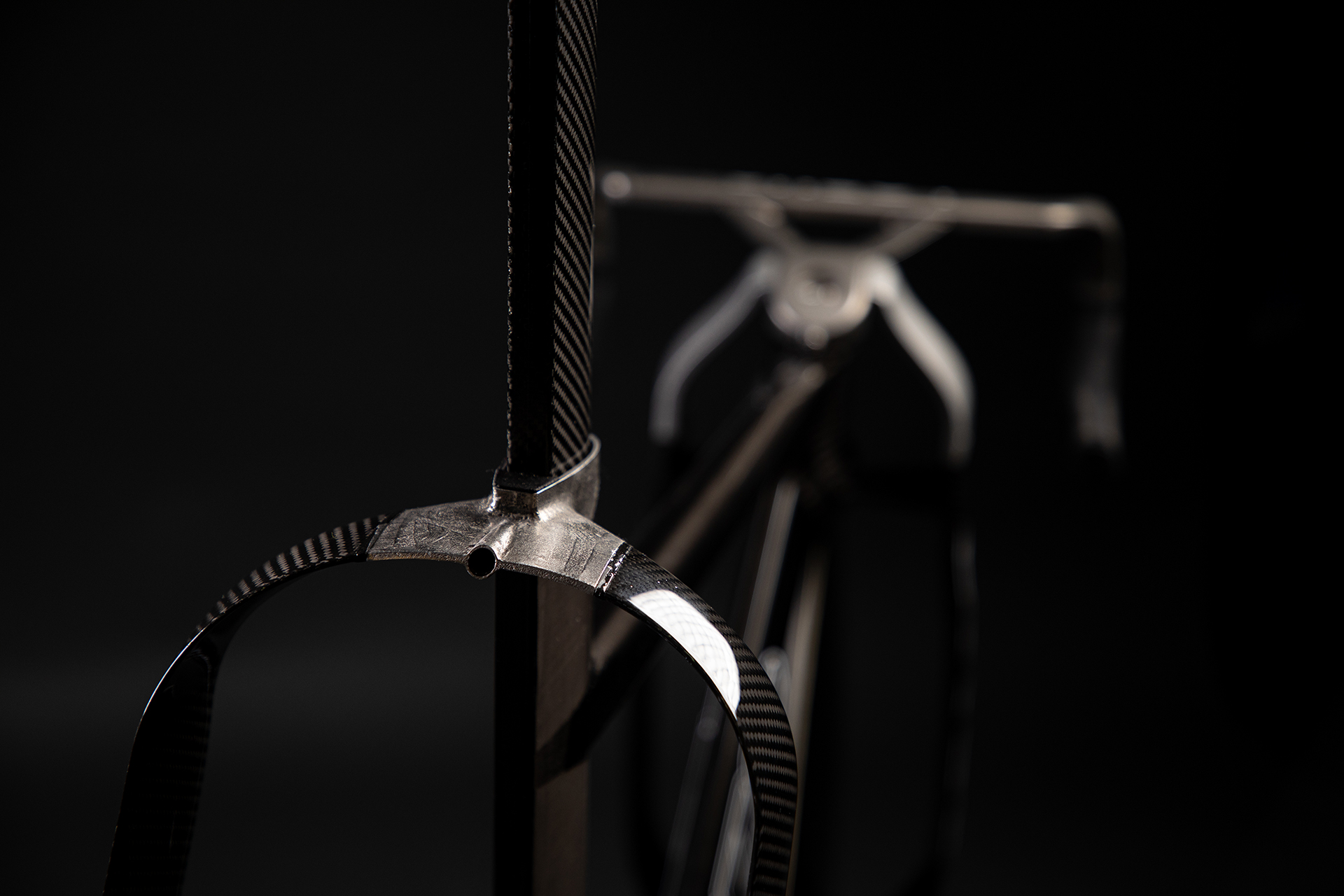
Technical details
Technological details of the bike are currently limited, but the standout features are the radical design of the forks and seat stays, which are considerably further apart than would be considered normal. A similar technique of wide fork legs was used in 2016 on Avanti’s Pista Pursuit Team, who at the time, claimed aerodynamic efficiencies of up to 15%.
No such claims have been made by Hope or Lotus, but such is the pride of the construction, that no paint, filler or touch up will be used.
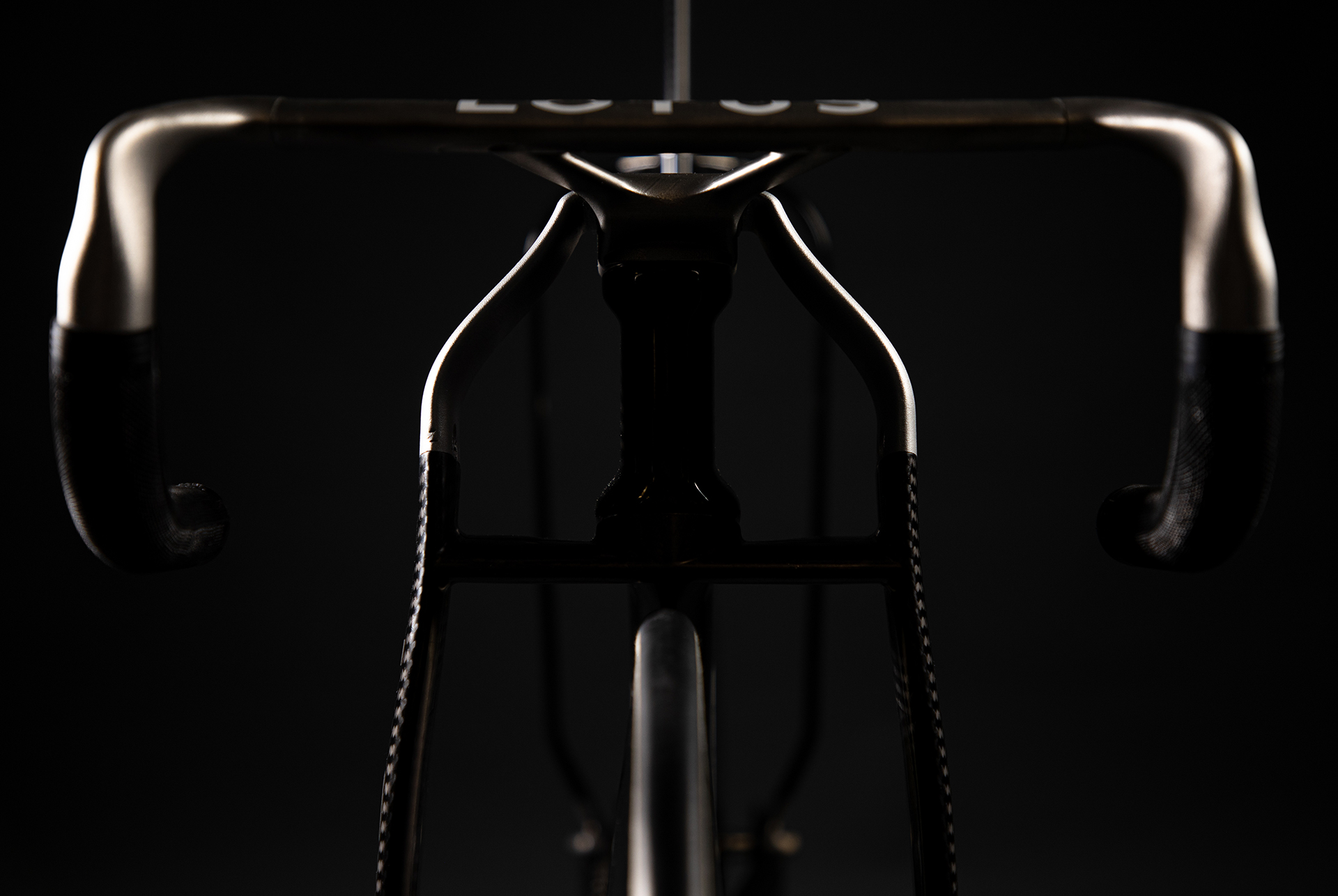
Ian Weatherill, the Managing Director of Hope Technology, said: "We have created the frame using high modulus composites with fabric woven in UK, the in-house team has unrivalled engineering expertise with 30 years of composite experience and two Olympics behind them. Together we have refined the manufacturing method to make a superior product."
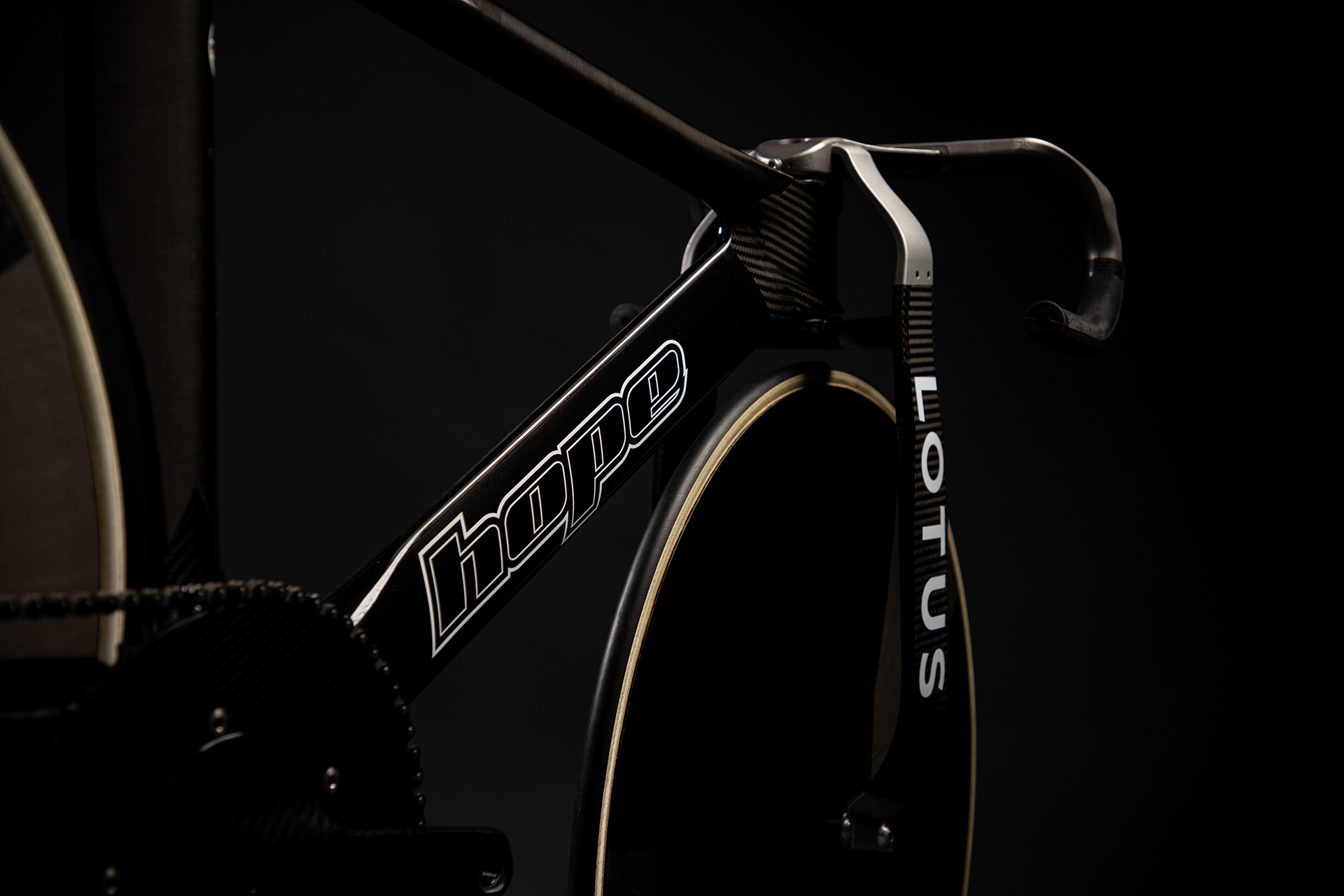
To become permitted for use at the 2020 Tokyo Olympics, the bike must first be approved by the UCI, and has to also have been ridden during the 2019/2020 Tissot UCI Track Cycling World Cup series by the GB Cycling Team this year.
British riders have already been using the bike in training at British Cycling’s base at the HSBC UK National Cycling Centre in Manchester, and it's first competitive appearance will be in Belarus this weekend at the Minsk-Arena velodrome.
Its first appearance on the boards of a UK velodrome will be the following week, at the Sir Chris Hoy Velodrome in Glasgow, although it will also be on display at Rouleur Show later this week.
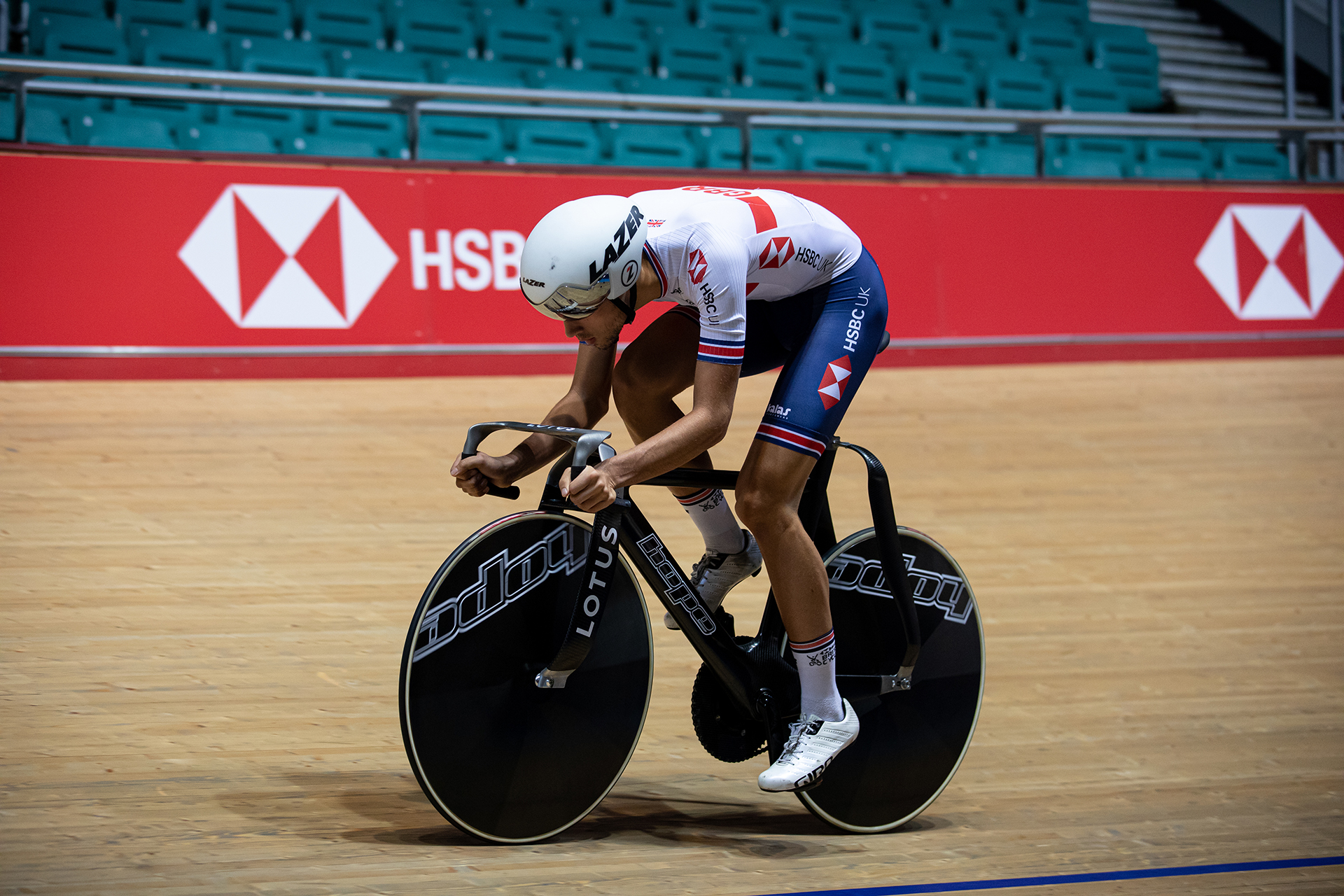

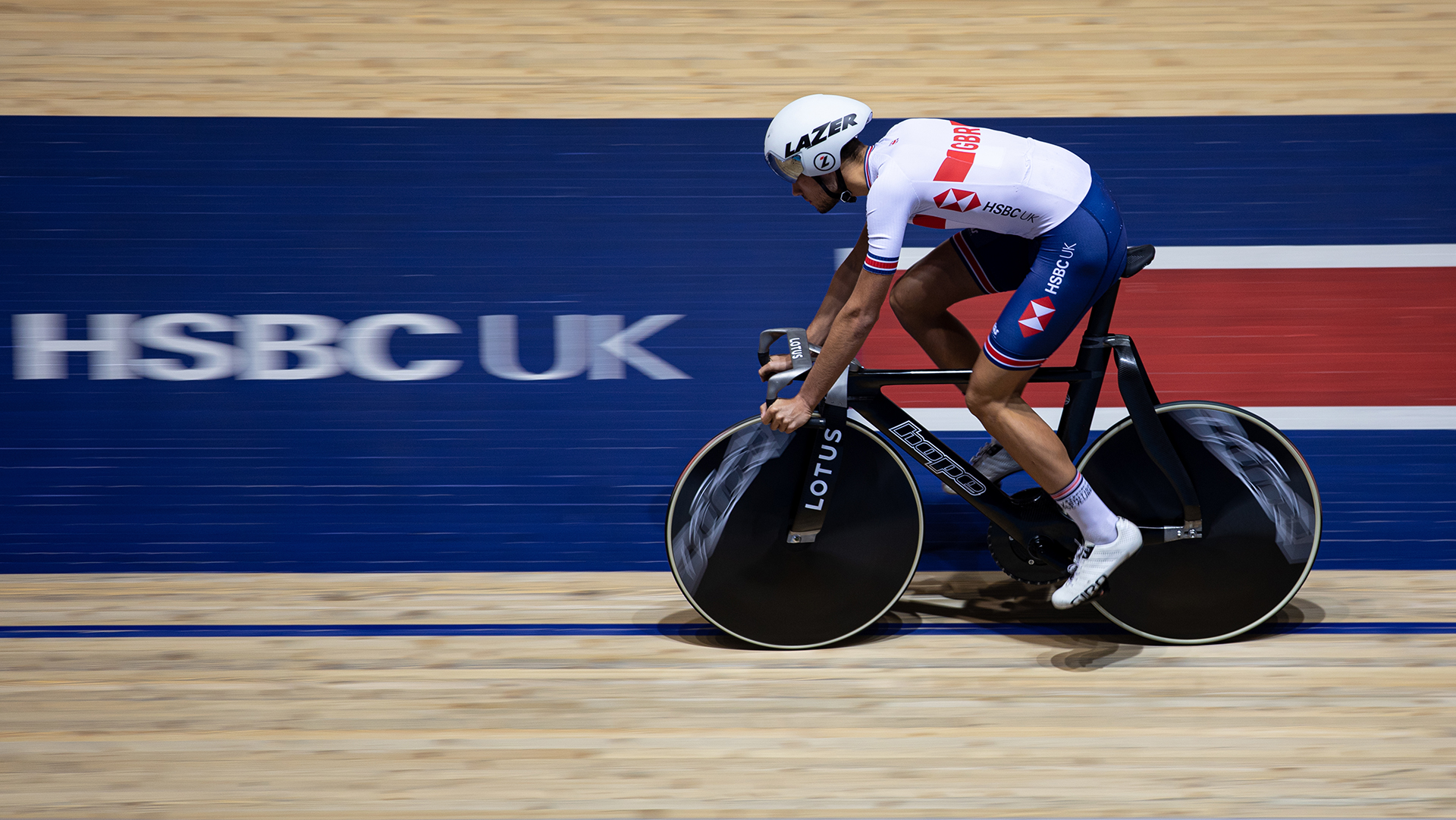
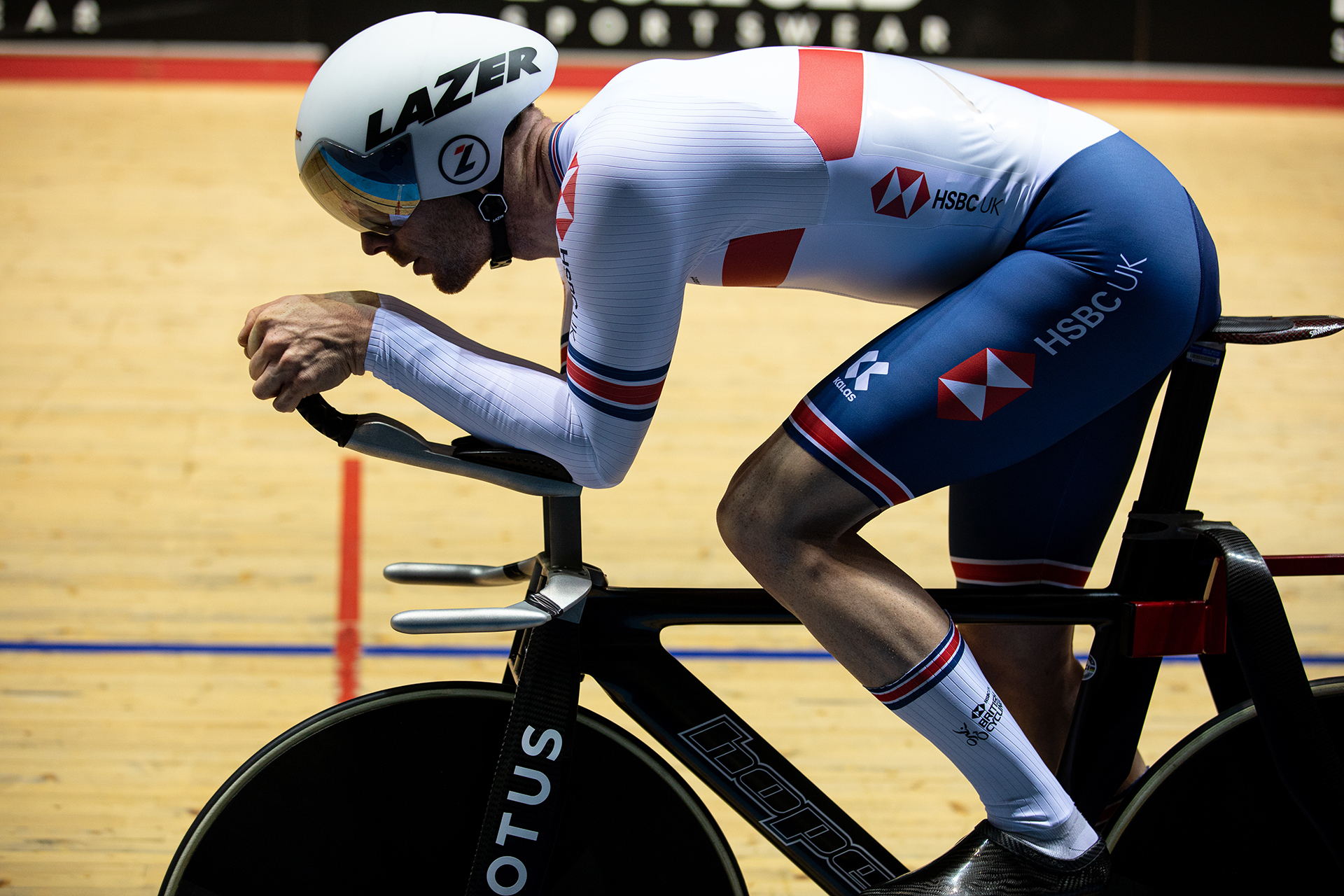
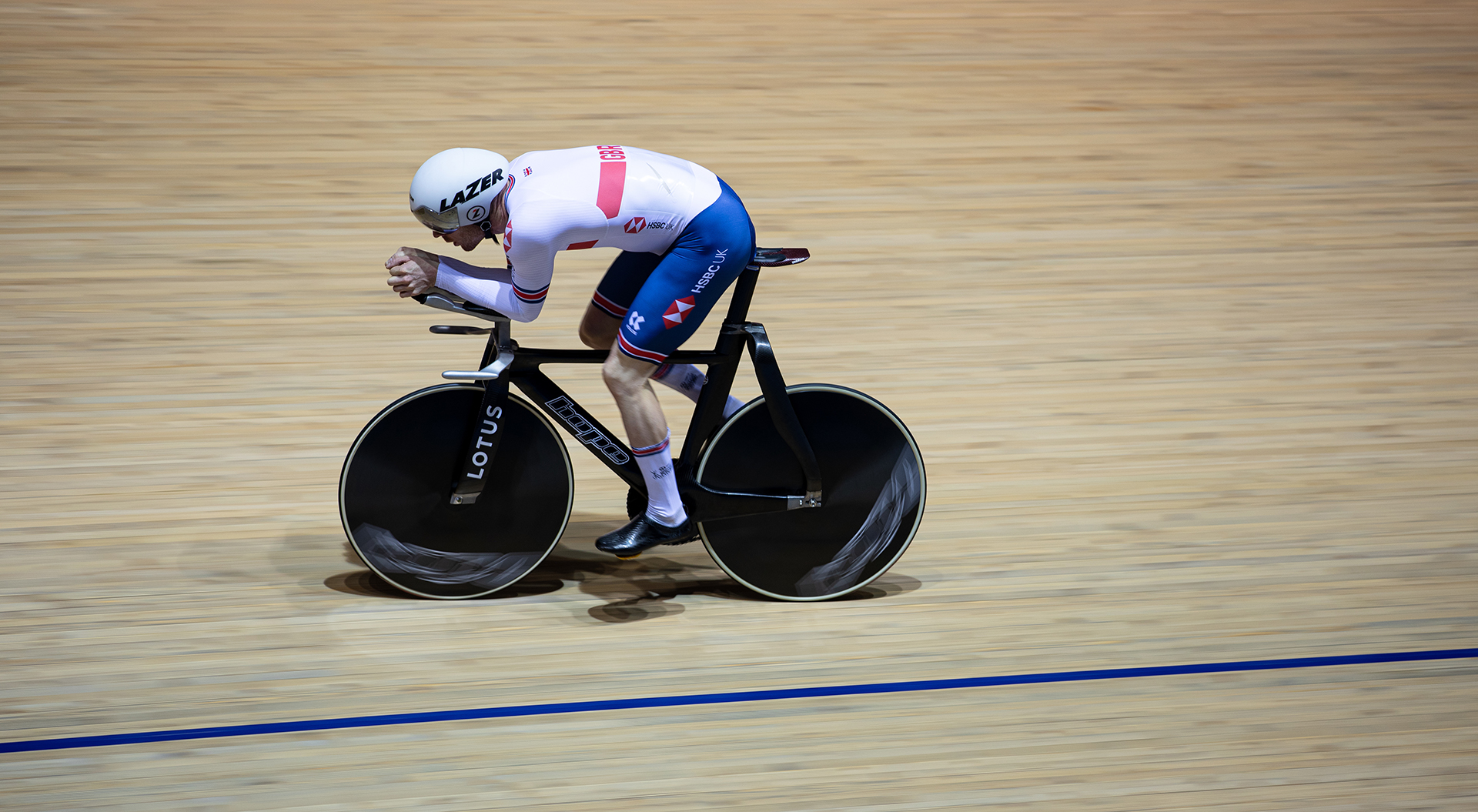
Matt Parker, the Director of Performance Innovation at the English Institute of Sport, said: "This innovative new bike underlines the incredible design and engineering capability we have in this country.
"Innovative design like this always brings great excitement. We’re now looking forward to seeing the bike raced and evaluating its performance potential for Tokyo 2020."

Josh is Associate Editor of Cyclingnews – leading our content on the best bikes, kit and the latest breaking tech stories from the pro peloton. He has been with us since the summer of 2019 and throughout that time he's covered everything from buyer's guides and deals to the latest tech news and reviews.
On the bike, Josh has been riding and racing for over 15 years. He started out racing cross country in his teens back when 26-inch wheels and triple chainsets were still mainstream, but he found favour in road racing in his early 20s, racing at a local and national level for Somerset-based Team Tor 2000. These days he rides indoors for convenience and fitness, and outdoors for fun on road, gravel, 'cross and cross-country bikes, the latter usually with his two dogs in tow.